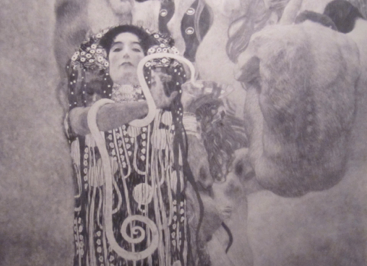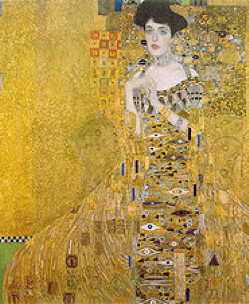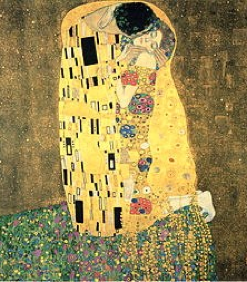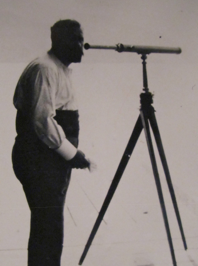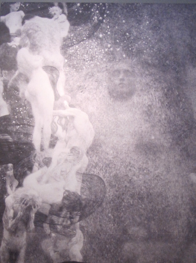gustav klimt
Leopold Museum, Museum Quarter
Vienna, Austria
europe
december 12, 2010


gustav klimt
Leopold Museum, Museum Quarter
Vienna, Austria
europe
december 12, 2010

The work of Gustav Klimt (1852-1918) is synonymous with art at the fin de siecle, as Austria entered the 20th century with the country’s drastic changes in power, politics, and economics. As art often serves as a precursor of cultural transformation, Klimt’s move to leave the Association of Austrian Artists, along with fellow members including the architects Josef Hoffman and Josef Maria Olbrich, plus the artists Carl Moll, Koloman Moser, and Alfred Roller, marked a new beginning in Austrian art, architecture and design. These artists and architects objected to the organization’s strict traditionalism and conservatism at a time when the world was dynamically changing. These artists wanted the freedom to create art and architecture as they perceived the world. Their new vision took form in thee Vienna Secession movement c.1897-1905, placing Klimt as its leader and president. His major works included drawings, paintings, murals and objets d’art with his main subject the human body and the glorification of the female form. Klimt’s art education began with a scholarship to the Kunstgewebeschule, the Vienna School of Arts and Crafts where he studied between 1876-1883, training as an architectural painter. Both his training and early work could both be categorized as academic and traditional. As a student, he assisted his teacher in painting murals in the Kunsthistorisches Museum in Vienna, and began his professional career painting murals and ceilings in large public buildings on the Ringstraße, including a series of “Allegories and Emblems”. In 1988, just five years after leaving his studies, he received the Golden Order of Merit from Emperor Franz Josef I of Austria for the contributions to murals painted in the Burgtheater in Vienna. In 1894, Gustav Klimt was commissioned to decorate the ceiling of the Great Hall in the University of Vienna, completed c. 1900. The three paintings, Philosophy, Medicine and Jurisprudence were criticized for their radical themes and material, called “pornographic”. HIs traditional allegory and symbolism had been transformed into a new language that was overtly sexual, and thus more disturbing, with a public outcry from many factions including political, aesthetic and religious. The paintings were not displayed on the ceiling, and from then on, Klimt would not accept any more public commissions. All three paintings were destroyed by the SS forces in May, 1945. In 1902, Klimt completed the Beethoven Frieze for the 14th Vienna Secessionist exhibition that paid homage to the composer. The work decorated the walls of the gallery in which a sculpture of Beethoven by Max Klinger was exhibited. By that time, Klimt’s work had entered its “Golden Phase” where, beginning in 1898 he introduced gold leaf to his paintings. The first,was Pallas Athene c. 1898, then Judith c. 1901. His Portrait of Adele Bloch-Bauer c. 1907 and The Kiss c. 1907-08 were most popularly associated with the period. Klimt, as part of the Wiener Werkstätte commission for the Palais Stoclet, home of the wealthy Belgium industrialist, painted murals in the dining room which he considered to be some of his finest decorative work, entitled Fulfillment and Expectation c. 1904. Klimt stated publicly that these paintings were “probably the ultimate stage of my development of ornament”. Between 1907 and 1909, Klimt painted five canvases of society women wrapped in fur, expressing his apparent love of costume. Klimt lead a somewhat cloistered life, devoting himself to his family and the Secessionist movement, avoiding social life with other artists. His fame brought patrons to his door, allowing him to be very selective. His deliberate and painstaking methods meant that his work required lengthly sittings by his subjects. Though very sexually active, he kept his affairs discreet and avoided personal scandal. He wrote little about his vision or his working methods, wrote only postcards to his wife, Flöge, and kept no diary. In a rare writing called “Commentary on a non-existent self-portrait” he states, “I have never painted a self-portrait. I am less interested in myself as a subject for a painting than I am in other people, above all women... There is nothing special about me. I am a painter who paints day after day from morning to night ... Who (sic) ever wants to know something about me... ought to look carefully at my pictures”. Gustav Klimt suffered a stroke on January 11, 1918 and died in Vienna the following month on February 6, 1918. Posthumously, some of Klimt’s paintings have brought some of the highest prices recorded for individual works of art. In November, 2003 his painting Landhaus am Attersee sold for US $29,128,000. In 2006, Portrait of Adele Bloch-Bauer was purchased for the Neue Galerie in New York City by Ronald Lauder, who paid a reported USD $135,000.000. This price surpassed the record price ever paid for a painting, when in 2004, Picasso’s 1905 painting, Boy with a Pipe, was sold for USD$ 104,000,000.
PHOTOS: Top Left: Gustav Klimt: The Kiss, 1907/1908 is in the permanent collection of the Belvedere Palace Museum, Vienna. Middle Left: Gustav Klimt,Adele Bloch-Bauer I, 1907. In 2006 the painting was sold to the Neue Galerie in New York City for USD $135 million Top Right: Gustav Klimt, Faculty Painting, “Jurisprudence” Black and white reproduction. The painting was burnt in Schloss Immendorf in southern Austria by the SS in 1945. Original size: 4.4 x 3 meters/14.4 x 9.8 feet. The reproduction is exhibited at the Leopold Museum, Museum Quarter, Vienna. 3. Middle Right: Gustav Klimt: Life and Death, Oil on canvas, 1910/1915. In 1911 the painting received first prize in the World Exhibitions in Rome. This painting is in the collection of the Leopold Museum, Museum Quarter, Vienna. Bottom Row, Left to Right: 1.Gustav Klimt looking through a telescope. During the late 1890’s, Klimt spent his annual summer holidays with the Flöge family on the shores of Attersee and painted many landscapes there. These paintings are characterized by the same refinement of design and emphatic patterning as the figurative works. Because the deep space in these landscapes was so emphatically flattened to a single plane, it is believed that he painted them while looking through a telescope. 2. Gustav Klimt, Faculty Painting “Philosophy”, black and white reproduction. The painting was burnt in Schloss Immendorf in southern Austria by the SS in 1945. Original size: 4.4 x 3 meters/14.4 x 9.8 feet. The reproduction is exhibited at the Leopold Museum, Museum Quarter, Vienna. 3. Portrait of Gustav Klimt and his wife, Flöge at home, where he painted. The two are relaxed, wearing long robes, which was how he dressed while painting.


Powerful Painter
